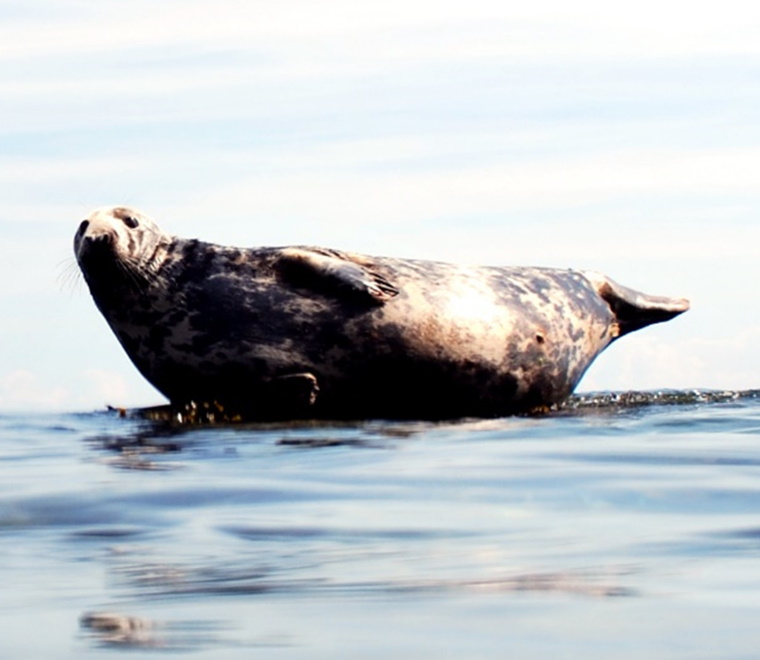

Should we be “raising the bar” for underwater noise assessments?
Cefas has expressed concerns over the validity of simple underwater noise models based on geometric spreading laws.
Underwater noise assessments are increasingly required by regulators to support licence applications of development projects in aquatic environments. These assessments typically involve the use of underwater noise models to predict the propagation of noise from the source in order to determine the potential effects on aquatic fauna. Although there is considerable uncertainty in the relationship between noise levels and impacts on aquatic species, the mathematical principles underlying noise models are well understood.
Cefas, in its role as scientific advisor to the Marine Management Organisation (MMO), has recently expressed concerns over the validity of simple underwater noise models that are based on geometric spreading laws and considers that their use does not follow “best practice”. The use of spreading models, however, is an established approach that has been widely accepted by UK regulators in the past. Furthermore, the National Marine Fisheries Service in the United States recommends the use of the practical spreading model and has incorporated this model in their pile driving calculator(1) to assess the potential impacts of pile driving on fish.
Cefas’ concerns stem from the findings published in a recent scientific paper(2) which identifies that spreading models can be overly simplistic and may not be appropriate for use in complex environments typical of coastal and inland waters. The paper demonstrates how spreading models can underestimate noise levels close to the source and substantially overestimate noise levels further from the source. In other words, they can underestimate the risk of injury or disturbance to aquatic life close to the source whilst also giving the impression that a larger area would be affected.
As a result of this paper, Cefas recommends that underwater noise assessments need to apply propagation models that take account of environmental data and are best suited to the site. However, at present there is no definitive regulatory guidance in the UK on the underwater noise propagation models that should be used in different aquatic environments. Furthermore, the use of complex models is significantly more costly as they will require more time, effort and technical experience to operate and interpret. They also require environmental data of sufficient quality that may not always be readily available. The use of such models may therefore not always be proportionate to the scale of the development. Nor will they reduce the considerable uncertainty that exists about the risks to aquatic fauna and therefore their overall value in impact assessments could be limited.
While we welcome the increased focus on improving the prediction of underwater noise propagation, the use of complex models may not always be appropriate and should be considered on a case by case basis. In addition, regulators should adopt a proportionate approach when advising on the scope of the required studies.
REFERENCES
(1) Caltrans, 2016. Environmental analysis.
(2) Farcas et al, 2016. Underwater noise modelling for environmental impact assessment. Environmental Impact Assessment Review 57: 114-122.
Image courtesy Andrew Pearson


